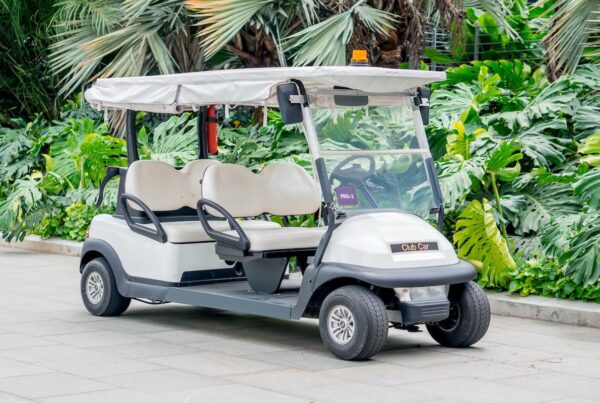Happy Tuesday Fleet Heroes!
This week, as part of a new Fleet Driver Diaries series, I’d like to introduce you to a driver our team met during a SAFER Driver Fleet Training Program. NTSI received permission to share this exchange to highlight real-world experiences impacted by our training. This story has been edited for length and clarity.
Stories from the Road:
During a SAFER onsite training, when the students were asked to share real-world driving experiences, one young man shared his struggles with managing the summer heat in his cargo van:
“These summer deliveries are killing me,” he shared. “The traffic is nuts, and there’s road work everywhere. I’ve even been trying to drink less water so I don’t have to hit the bathroom so often, because every time I get out of the van, it’s like walking into an oven, and I have to get out a lot to make deliveries, so I don’t want to get out one more time just to use a restroom. These long hours driving in the heat are really wearing me down, and I’m wiped out halfway through the day, sometimes even feeling sick.” He also expressed that he hadn’t shared any of this with his boss yet because he didn’t want to look weak or like a complainer.
NTSI’s core SAFER Driver Training philosophy is K + V + A = B.
Knowledge + Values + Attitudes = Behavior
Using that as a foundation, our Instructor was able to address all his concerns during the onsite training, including:
Communicate with Your Boss
Healthy drivers make a healthy team. Fleet managers need to know if drivers are struggling to maintain health and safety standards. Promoting a company culture of safety demonstrates strength, and seeking solutions is never complaining—it’s about ensuring everyone stays safe and effective.
Focus on SAFER Driving
Prioritize safe driving techniques by maintaining situational awareness, adhering to speed limits, avoiding distractions, and being prepared for unexpected hazards. Integrating these practices supports fleet driving training and ensures a SAFER driving environment for everyone on the road.
Stay Hydrated
Avoiding water to save time can lead to dehydration, which can impair concentration and reaction times. Fleet Managers should ensure water is always within reach and drivers are encouraged to take regular sips throughout the day.
Balancing Work and Safety
Initially, this driver prioritized deliveries over his health due to deadline pressures. However, balancing work demands with self-care is crucial for long-term productivity and safety. Prioritize safe driving techniques, communicate health and safety concerns with your boss, and ensure a healthy balance between work and personal well-being to support overall fleet safety and performance.

How NTSI Training Helped:
Defensive Driving Techniques
In addition to his concerns about the heat, this fleet driver was also struggling with the crowds and road work projects that summer brings. Through his SAFER Driver Training, he and his team learned specific defensive driving techniques to navigate heavy traffic and construction zones safely. This included strategies for maintaining safe following distances, recognizing and responding to potential hazards, and making safer lane changes.
Heat Management Strategies
The onsite Instructor addressed his heat concerns in real time. While the printed curriculum may not specifically cover summer driving, our experienced Instructor shared practical heat management strategies such as effectively using the vehicle’s ventilation system, the importance of wearing appropriate clothing, and the benefits of scheduling regular breaks to cool down.
Vehicle Maintenance
The training also highlighted the importance of regular vehicle maintenance, especially in extreme weather conditions. Fleet drivers are taught to perform thorough pre-trip inspections, focusing on tire pressure, coolant levels, and air conditioning, ensuring vehicles are in top condition to handle the summer heat or any seasonal driving condition.
NTSI Fleet’s Summer Safety Quick Guide
- Regular Hydration: Keep a bottle of water within reach and take regular sips.
Scheduled Breaks: Schedule regular breaks to rest and cool down. - Protective Gear: Wear light, breathable clothing and a hat to protect yourself from the sun.
- Defensive Driving Techniques: Maintain safe following distances, recognize potential hazards, and make safer lane changes.
- Vehicle Maintenance: Perform thorough pre-trip inspections, focusing on tire pressure, coolant levels, and air conditioning.
- Communicate: Encourage drivers to keep open lines of communication about any health or safety concerns. Foster a company safety culture, support ongoing training, and emphasize SAFER driving practices to create a supportive, safe, and effective working environment.
Have your own story from the road? We’d love to hear it! Email us your experience, and it may be featured in a future Driver Diaries article.
Let’s share the road and the lessons learned together. Stay safe out there!





